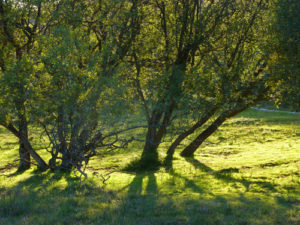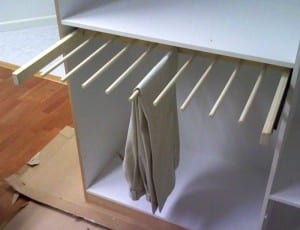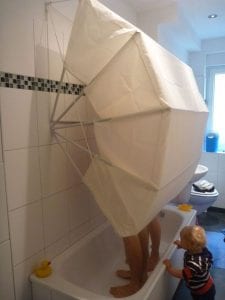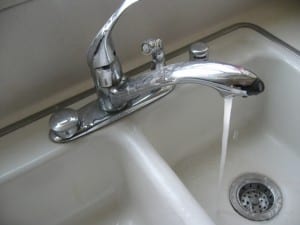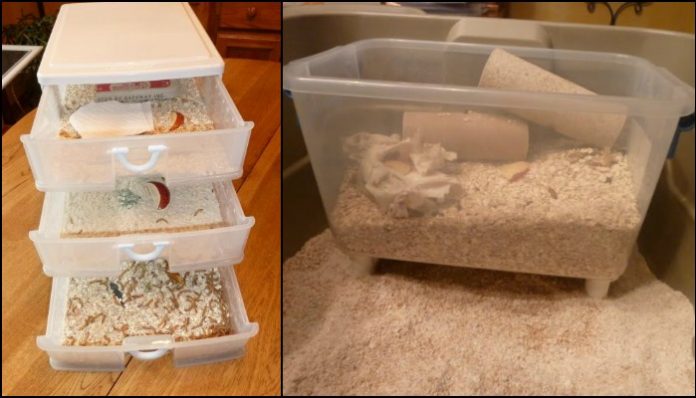
Mealworms are an excellent source of protein for your chickens and should be included in their diet. Chickens love to eat mealworms and they are a healthy treat for them. They are also a good way to keep your chickens entertained and occupied.
Why buy them when you can easily grow them yourself? There are many advantages to growing your own mealworms for your chickens. For one, it can save you money on your chicken feed bill. By growing them on your own, you can ensure that your chickens are getting the best possible nutrition.
Another advantage of growing your own mealworms is that you can control the quality of the food that your chickens are eating. Store-bought can be of variable quality, and you may not always know what you’re getting. By growing your own, you can be sure that your chickens are getting the freshest and highest quality possible.
Aside from saving you money, growing your own mealworms also has the added benefit of ensuring a consistent food source for your chickens or quails all year round. Not to mention, you can take pride in knowing that the food you’re giving your animals is healthy and hasn’t been treated with any harmful chemicals or pesticides.
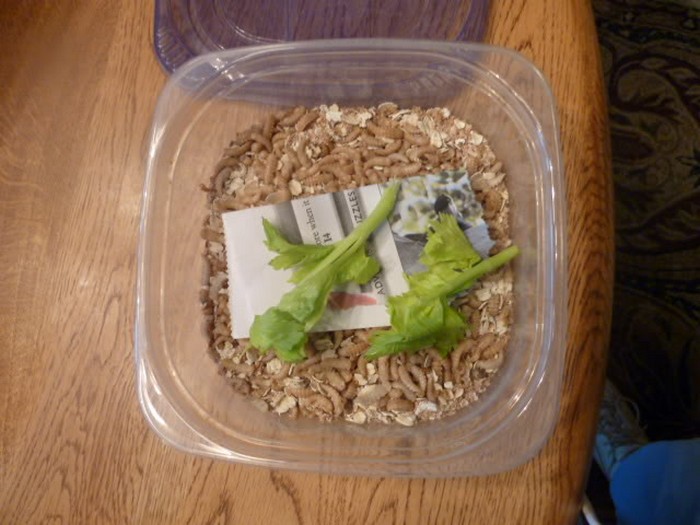
If you’re looking for an easy way to raise your own mealworms, look no further than the mini 3-compartment drawer from the dollar store. This simple and inexpensive solution is perfect for feeding your chickens. Plus, it’s easy to set up and maintain.
In breeding mealworms, you’ll need to start by acquiring a breeding bin. The size of the bin will depend on how many mealworms you want to produce. Once you have your bin, you’ll need to drill several small ventilation holes in the lid.
They can be bred in a variety of substrates, but some of the most popular options include bran, oats, and wheat flour. You’ll need to experiment to see what your worms prefer. Once you’ve chosen a substrate, moisten it with water until it’s slightly damp.
To start the breeding process, you’ll need to add a small number of mealworms to your bin. The worms will reproduce and, over time, you’ll have a larger population. You can then begin harvesting the mealworms for chicken food.
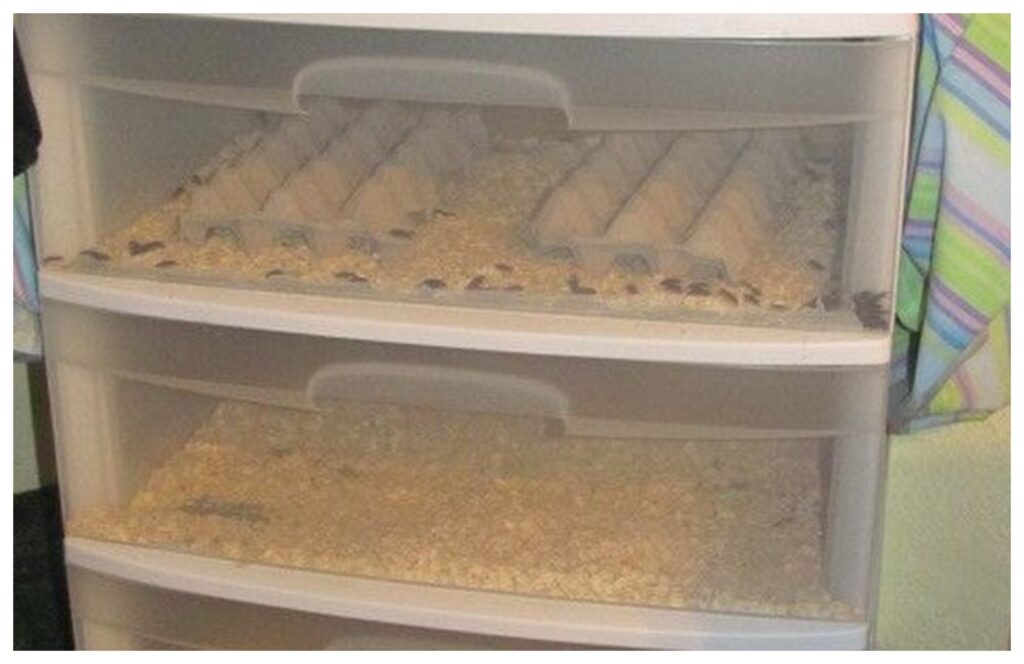
Looking to start your own mealworm farm? This comprehensive guide will teach you everything you need to know to get started. You’ll learn about the benefits of farming mealworms, the supplies you’ll need, and how to set up your farm. It is very informative and addresses the most common problem encountered when raising mealworms – moisture!
BTW, this is also a project that kids can have fun with. So if you have little ones at home, why not involve them and learn how to grow your own mealworms together? Not only will it be a fun bonding experience for you and your child, but they’ll also get to learn about the process of metamorphosis and where mealworm comes from.
Do you want to start growing your own mealworms for the chooks?
You’ll need these materials:
- Plastic 3-Compartment Drawer
- Plastic Bin
- Screening Material
- Wheat Bran (substrate)
- Cardboard, Egg Carton, Toilet Paper Tube, or Layers of Newspaper (where worms like to hide)
And these tools:
- Cutter
- Drill
- Hot Glue Gun
Click on any image to start the lightbox display. Use your Esc key to close the lightbox. ![]()
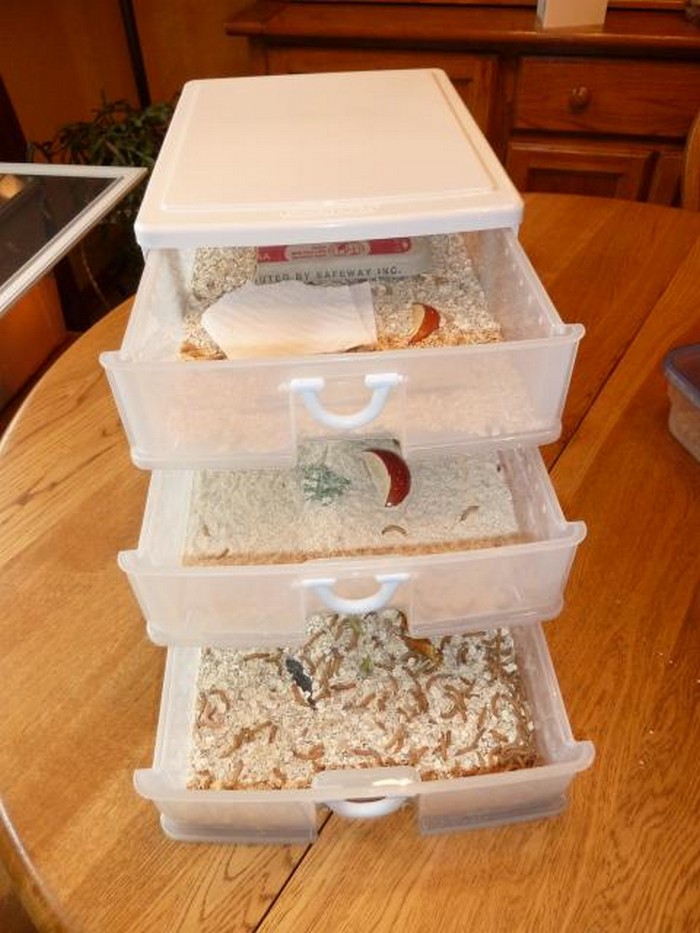
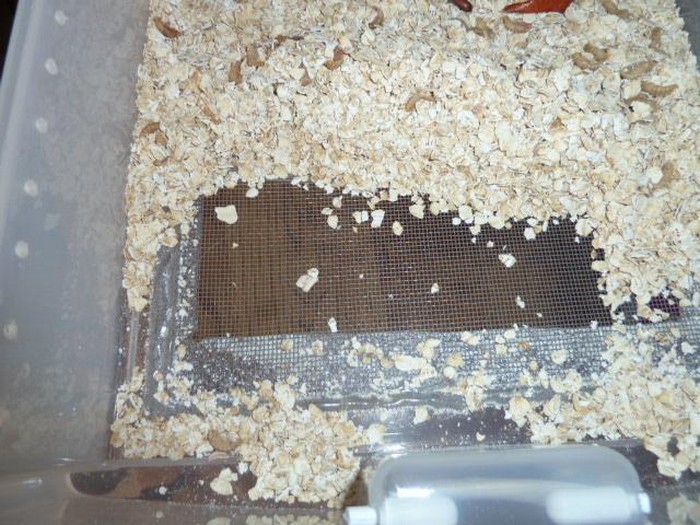
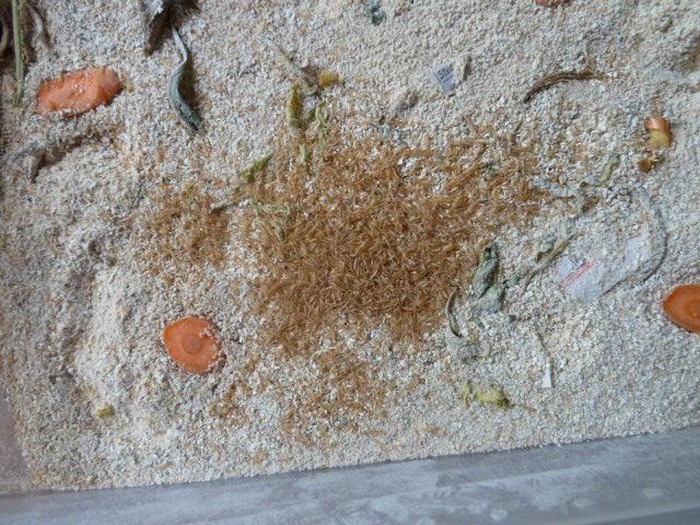
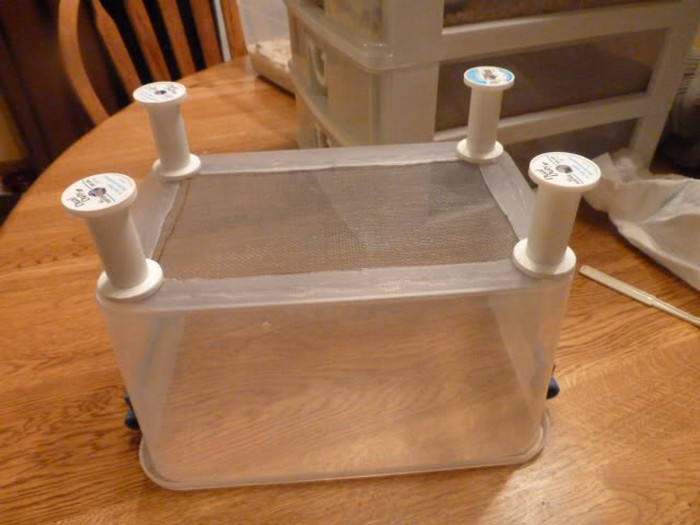
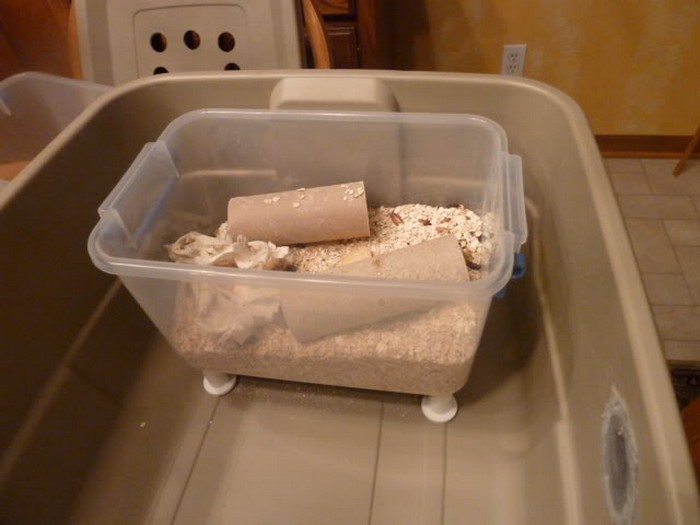
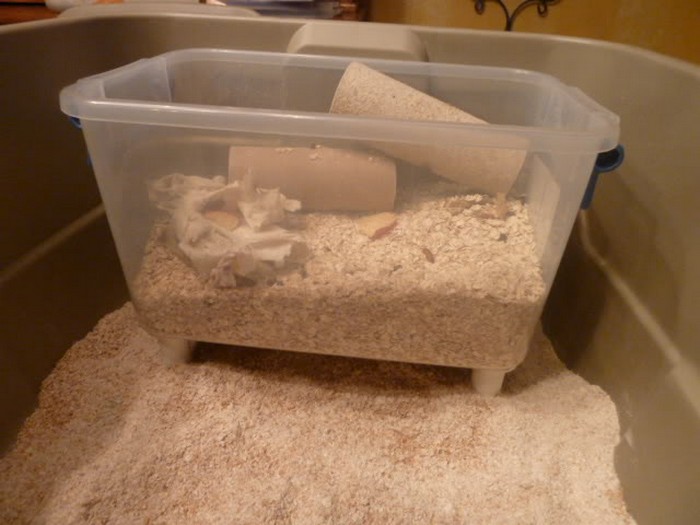

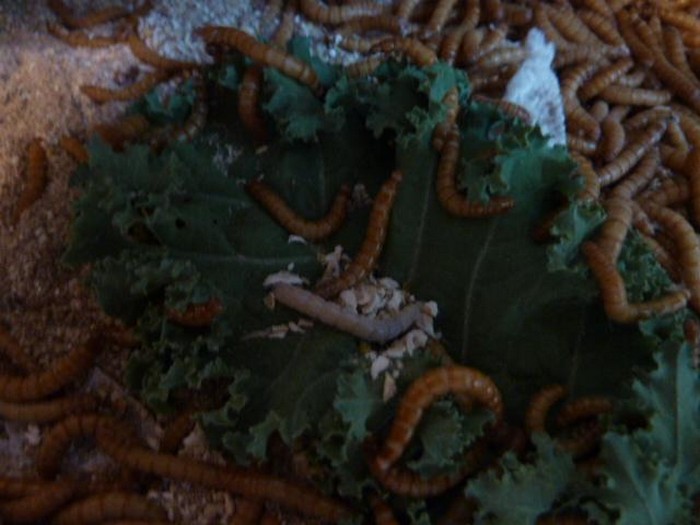
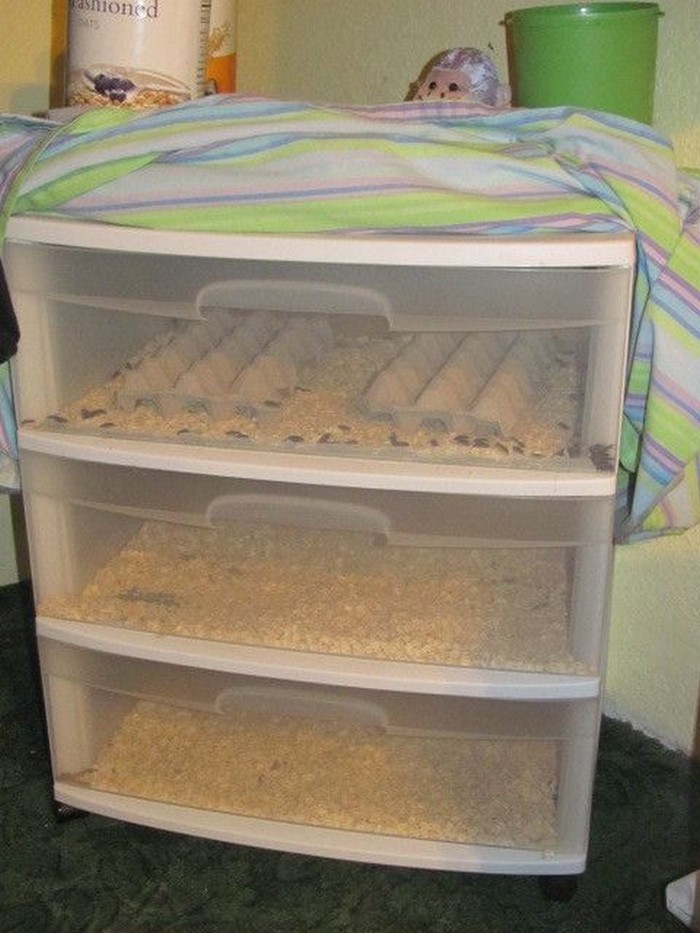
If you raise chickens in your backyard, you would want to have a worm farm for them to enjoy. You can get a step-by-step tutorial from Trish Brown over at Backyard Chickens!


